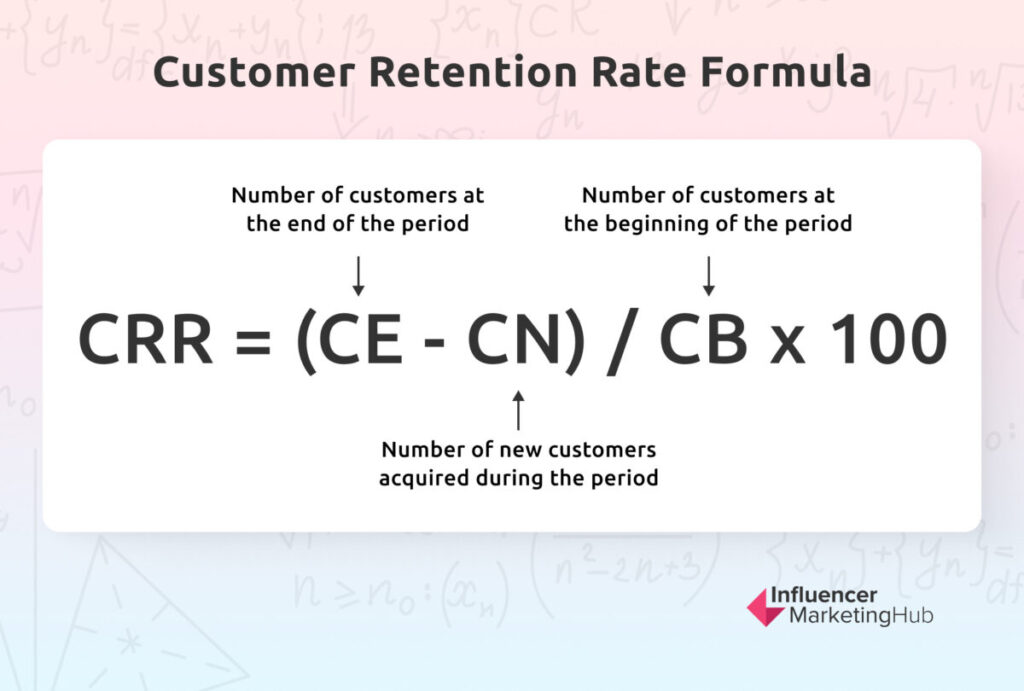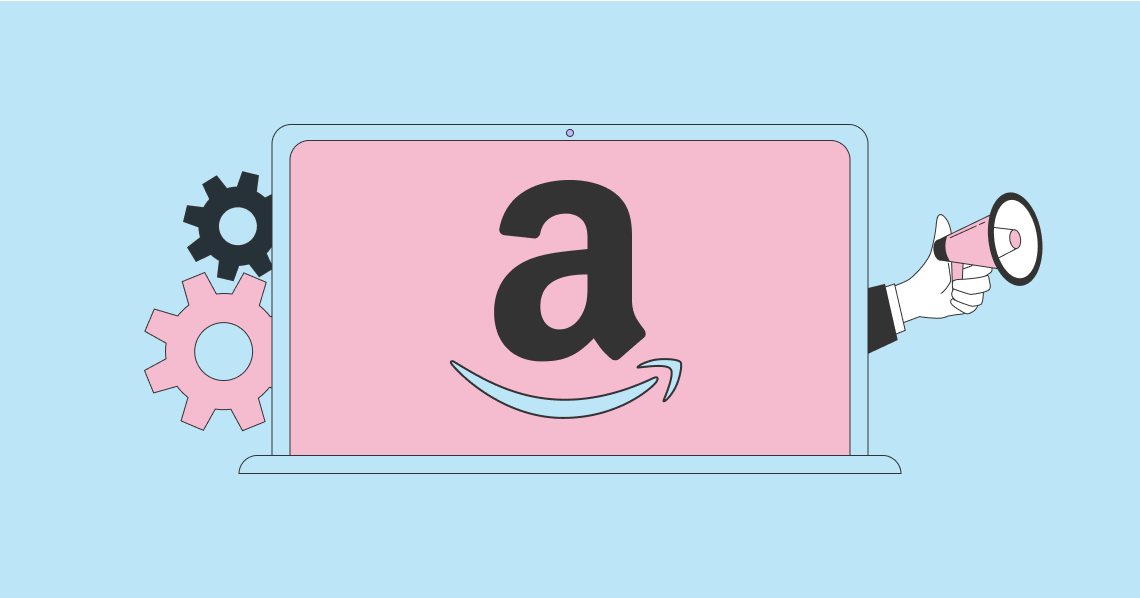Getting your first, or even 1,000th sale is exhilarating. But what happens next? In a world where customer choices are abundant, and attention spans are fleeting, keeping those hard-earned customers coming back for more is a challenge.
But it doesn’t have to be.
We put together a list of the best customer retention data-driven insights, and real-world success stories to give a lil’ inspo.
Top 10 Customer Retention Strategies + Examples, Tips & Tools:
- What is Customer Retention?
- 1. Build A Community Around Brand Values
- 2. Ask Your Customers What’s Working
- 3. Create Unique Customer Personas
- 4. Build a Sense Of Community Around Your Offerings
- 5. Be Convenient With Returns and Refunds
- 6. Offer Empathetic Customer Support
- 7. Become Difficult To Replace
- 8. Offering Subscriptions For More Immersive Experiences
- 9. Gamification To Maintain Customer Engagemen
- 10. Stand Out Or Fall Behind
What is Customer Retention?
Customer retention is the mainstay of any business. In the competitive business landscape of today, it’s important that one remains at the top of their game to keep their customers coming back.
Why?
Because it’s easier than ever for customer’s to walk away if they’re unsatisfied and acquiring a new customer is 5 to 25 times more expensive than retaining old ones.
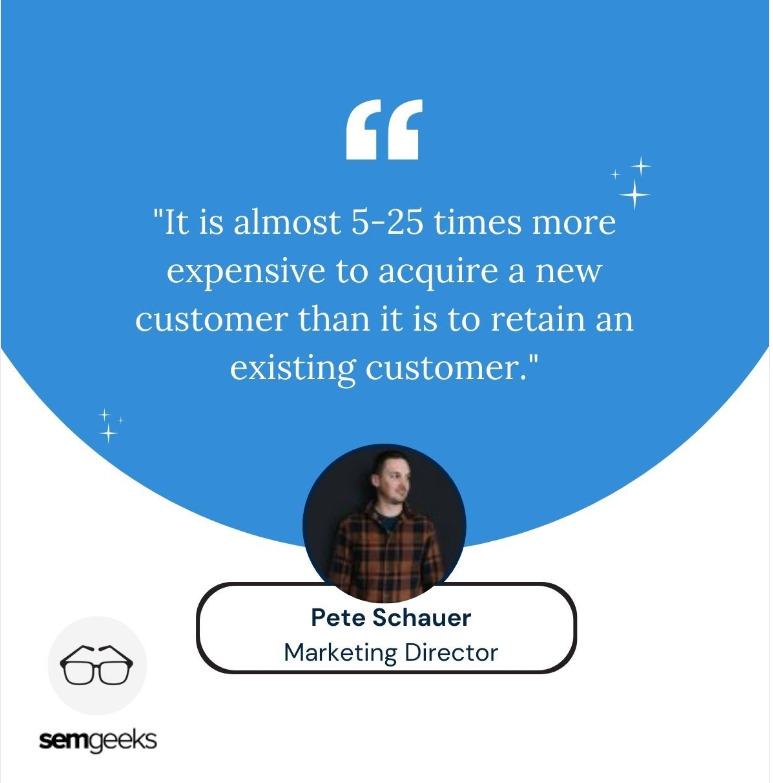
Source: linkedin.com
How To Keep Customers Coming Back For More?
It’s time to say goodbye to one-time purchases and hello to repeat buyers. Here are the top strategies you can use to keep your customers coming back for more:
1. Build A Community Around Brand Values
Building customer loyalty is the holy grail for any business. But how can you go beyond simply offering a great product or service to create truly loyal customers? One way is to build your business around shared values.
Shared values are the beliefs and principles that you and your customers have in common. Aligning your business with your customers' values can lead to increased loyalty, repeat business, and positive word-of-mouth.
IKEA is a masterclass in building customer loyalty through shared values. The company's core values of affordability, sustainability, and simplicity resonate with millions of customers around the world.
One example of IKEA's commitment to sustainability is its use of recycled wood. In FY22, approximately 15% of IKEA's total wood use was recycled. Customers who value sustainability appreciate that IKEA is taking steps to reduce its environmental impact. Consumers today care increasingly about shared values and principles and it’s important for businesses to constantly keep an eye out for the top customer loyalty trends.
2. Ask Your Customers What’s Working
Customer feedback is more than just a tool — it's the secret behind successful customer retention. In an era where customer expectations are constantly evolving, your ability to adapt and satisfy those expectations hinges on your capacity to listen and respond effectively.
In 2017, Netflix initiated a pivotal change by introducing a thumbs-up/thumbs-down rating system, replacing the conventional five-star rating system. This shift was more than just a cosmetic update; it was a step towards aligning with user preferences.
The updated system simplified the feedback process, making it more user-friendly and accessible. Netflix didn't stop at one iteration. In 2022, they further refined the rating system by introducing a double thumbs-up option. This thoughtful addition further allowed users to express not just liking but genuine love for content.
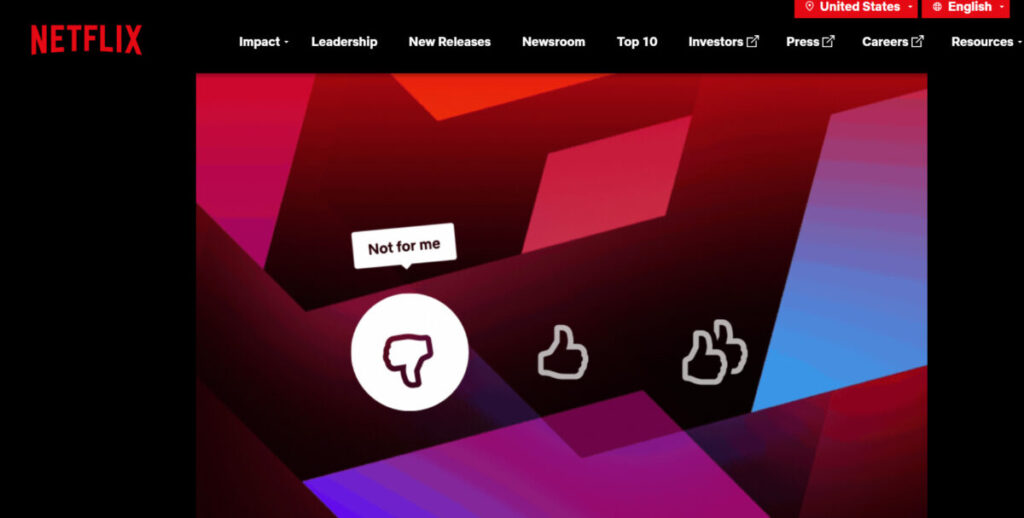
Source: about.netflix.com
“I believe that businesses often overlook the value of creating connections with their customers, which is a customer retention strategy that they tend to ignore,” says Matthew Ramirez, a former Forbes 30 under 30 entrepreneur. “Unfortunately, many businesses prioritize making immediate sales rather than nurturing lasting connections with their customers.”
This approach can result in customers feeling unsatisfied and eventually choosing to stop doing business with the company.
Ramirez notes that you should prioritize the development of close connections with their customers, businesses can increase the likelihood of customer loyalty.
“You can achieve this through offering personalized assistance and being readily available to address any customer concerns,” continues Ramirez. “Moreover, businesses can also keep their customers engaged by regularly providing updates on new offerings that may appeal to them. By dedicating effort to nurturing strong relationships with their customers, businesses can effectively maintain customer satisfaction and encourage repeat business.”
3. Create Unique Customer Personas
A PwC report found that 59% of US customers will walk away after several bad experiences, and 17% will walk away after just one bad experience.
So, how can you ensure your marketing efforts are customer-centric? One option: customer profiling.
Customer profiling involves creating detailed portraits of your ideal customers, taking into account their needs, preferences, and behaviors. It's like getting to know your best friend—you want to understand what makes them tick, what they like and dislike, and what their goals are.
Amazon is the prime example of this strategy in action. Through data analysis and customer segmentation, they tailor product recommendations, pricing, and user experiences. When you log in to Amazon, you're greeted with a personalized homepage featuring products you're likely to be interested in based on your past purchases and browsing history.
This level of personalization not only enhances user satisfaction but also boosts sales and customer loyalty while maintaining minimum customer churn.
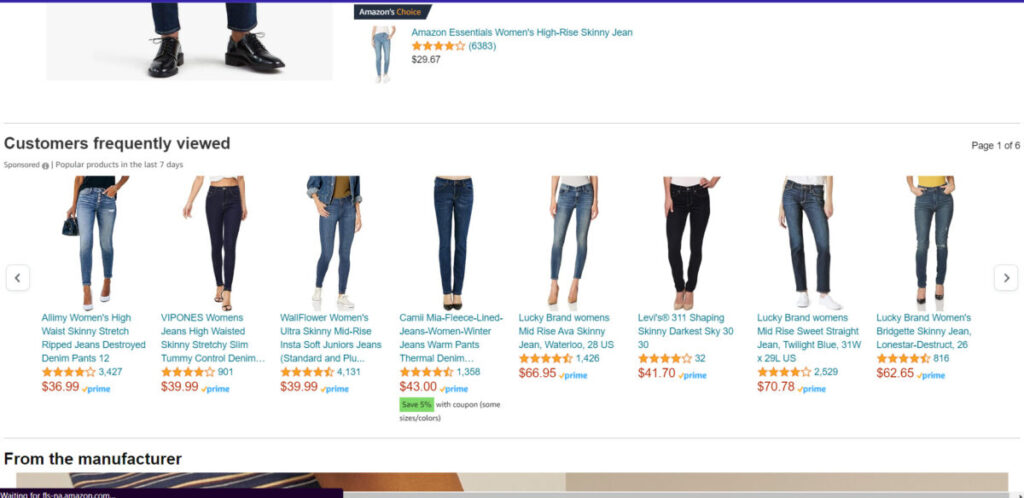
Source: amazon.com
Semrush's buyer persona tool is a useful resource in our research for client retention. It helps identify and target your ideal buyers with laser precision. With it, you can create detailed buyer personas based on real data, including demographics, interests, and pain points, which is invaluable for developing effective marketing campaigns and sales strategies.
Interested in eCommerce-related marketing content? Read our article on eCommerce growth strategies.
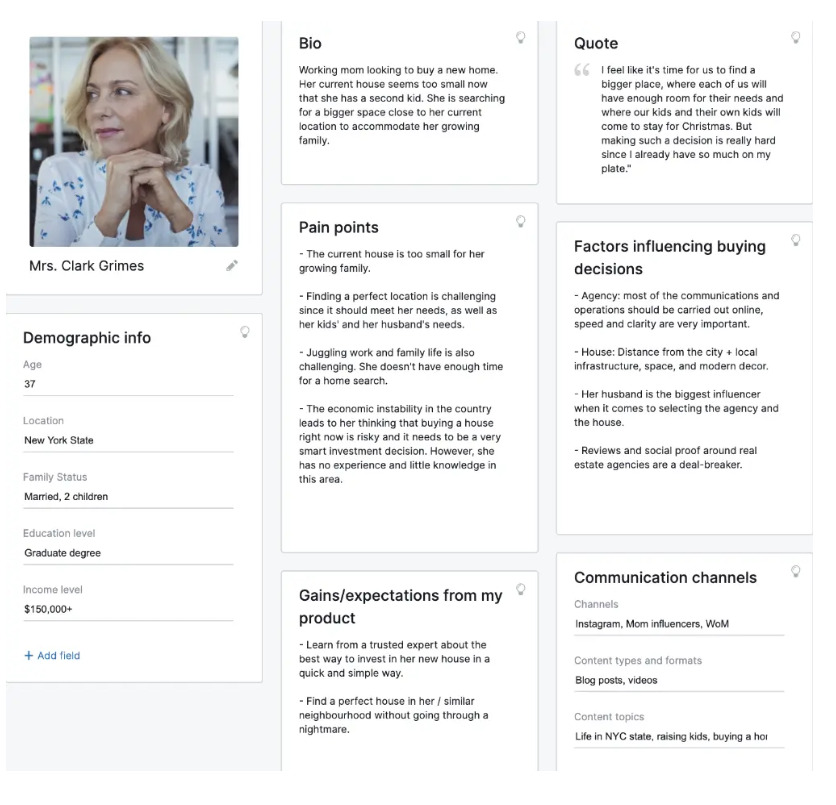
Source: semrush.com
4. Build a Sense Of Community Around Your Offerings
Customer retention is no longer just about providing excellent products or services. It's about fostering a sense of belonging and connection among your clients. According to Oracle’s recent report a whopping 96% of companies think that becoming socially enabled is important so it is no surprise that brand community building is a prime strategy when it comes to transforming loyal customers into passionate brand advocates.
Brand communities are an excellent way to do that. They bring together your most passionate customers in a single place, where they can connect with each other and with your brand. They are an amazing way to boost brand image, drive sales, and get valuable feedback.
Besides just being an absolute goldmine for businesses, brand communities are also fun and engaging for your customers. They get to chat with like-minded people and (hopefully!) share their love of your brand.
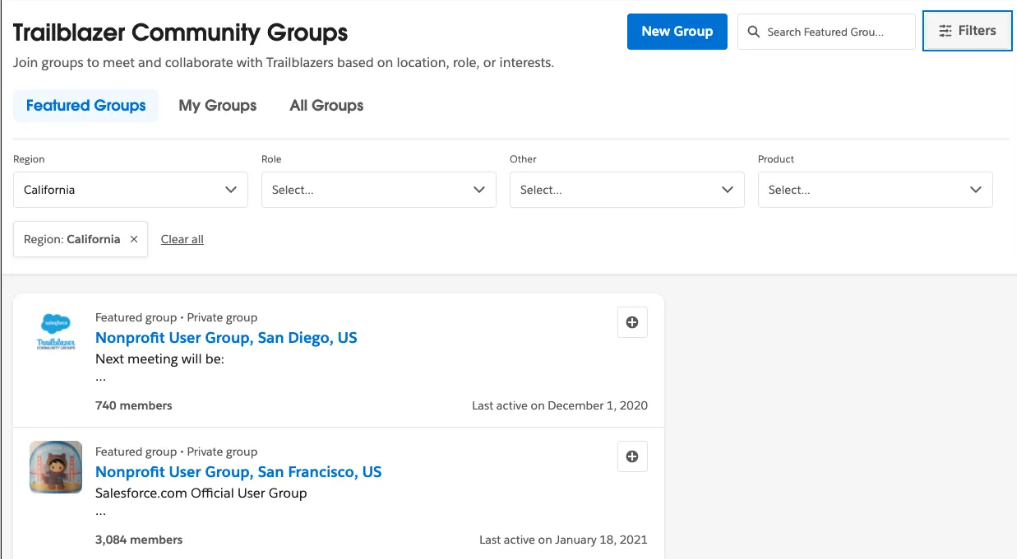
Source: trailhead.salesforce.com
A stellar example of community-building in the B2B sphere is Salesforce, a customer relationship management (CRM) giant. Salesforce has masterfully harnessed the power of community through their "Trailblazer Community." The vibrant online platform serves as a hub for Salesforce users, administrators, and developers to connect, share insights, troubleshoot issues, and even collaborate on projects.
By building such a robust community, Salesforce not only retains customers but also makes users feel heard, valued, and part of something bigger. This sense of community fosters loyalty and reduces churn rates significantly.
5. Be Convenient With Returns and Refunds
In the world of e-commerce and retail, returns and refunds are inevitable. Customers appreciate nothing more than the convenience and assurance that comes with a straightforward and hassle-free return process.
A complex and cumbersome return process can be a major turn-off for customers. Simplifying the process as much as possible and providing clear instructions on how to initiate a return is an indispensable step. In our conversations with customer retention, one actionable tip that often came up was: consider offering prepaid return labels to further ease the burden on your customers.
Speed is also of the essence. Once the returned item is received, it's advisable to process refunds promptly. Delays in refunding can lead to frustration and erode trust.
6. Offer Empathetic Customer Support
In today's fast-paced, digitally-driven world, personal and empathetic interactions with customers can set your business apart, creating lasting relationships.
Direct and empathetic customer service entails more than just resolving issues. It involves understanding the customer's perspective, addressing their concerns promptly, and going the extra mile to exceed their expectations. According to a 2023 report by Emplifi, 61% of consumers will pay at least 5% more if they know they’ll get a good customer experience.
To illustrate what good customer service looks like, we should look at Zappos. Before being overtaken by Amazon, they were known for their customer service. What’s crazy is that a whopping 75% of Zappos’ customers were retainer clientele, allowing Zappos to build a loyal following of customers who were happy to spread the word about the company's excellent service.
Zappos' late CEO gave an insight into the company’s core values with:
“Back in 2003, we thought of ourselves as a shoe company that offered great service. Today, we really think of the Zappos brand as about great service, and we just happen to sell shoes.”
The company's approach is rooted in its mission to provide "industry-leading service." This means they offer complimentary shipping, boast an astonishing 365-day return policy, and, of course, have their iconic Zappos call center. Their service has a loyal fanbase, with thousands insisting on exclusively shopping at Zappos.
7. Become Difficult To Replace
One of the primary goals of businesses in competitive industries is to become indispensable. You're not just a supplier; you're an integral part of their success story.
The principle here is simple: when your product or service is deeply embedded in your client's processes, switching to an alternative becomes a daunting, disruptive task. But how can you achieve this coveted status?
Some resources and actionable tips that experts recommend to bolster efforts of becoming difficult to replace include using tools like Gainsight or Totango can help businesses proactively manage customer relationships, ensuring their success with your products or services. Software like Mailchimp, Marketo, and ActiveCampaign further allow you to personalize marketing efforts, creating a tailored experience for each customer
Apple is a good example of what it means for a brand to become irreplaceable and why its important. Customers who own multiple Apple products are more likely to continue buying from Apple, because they appreciate the convenience and the ecosystem that Apple has created. Apple also offers a number of loyalty programs and benefits to its customers, such as the AppleCare+ warranty and the Apple One subscription service, making them all the more irreplaceable.
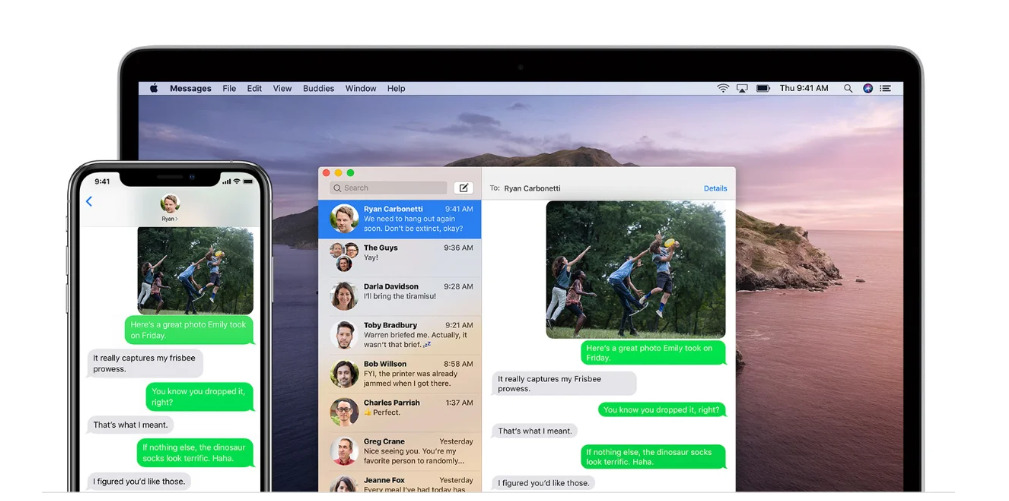
Source: techjourneyman.com
8. Offering Subscriptions For More Immersive Experiences
Subscriptions allow you to maintain a dedicated space where you can curate a personalized, immersive experience for your customers. Instead of a bland, transactional approach, subscriptions create an exclusive world tailored to users’ needs and preferences.
A prime example of subscription pages in action is Slack's Enterprise Grid offering. Slack doesn't just provide a communication platform — it creates an entire ecosystem for its enterprise customers. With dedicated subscription pages, they offer exclusive resources, in-depth guides, and a community forum where enterprise teams can collaborate, share best practices, and troubleshoot issues.
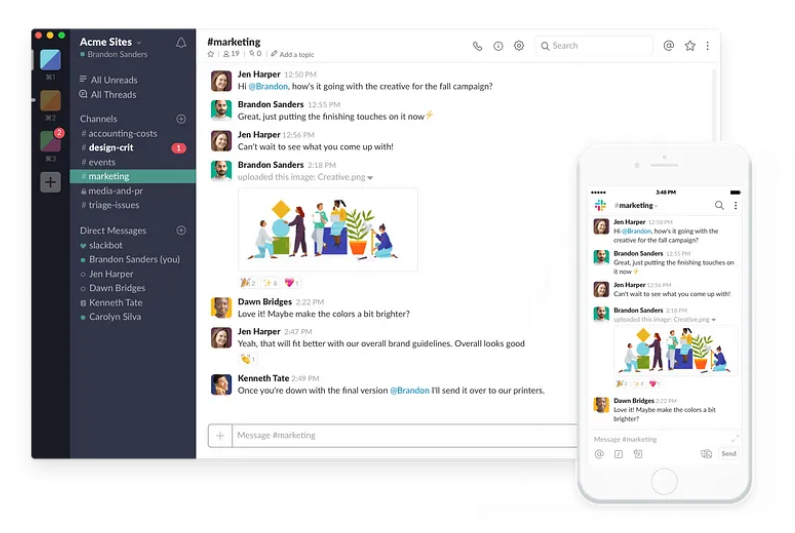
Source: medium.com
This transforms Slack into the go-to hub for all things related to team communication and collaboration, making it challenging for these customers to consider alternatives.
“Generally speaking, people love being cared for and enjoy feeling important and special. That will never change. If you manage to meet these needs, you can turn your customers into loyal fans and even brand ambassadors.”
explains Stefan Chekanov, the co-founder and CEO of Brosix.
Chekanov also notes that your clients will remain interested if you show them a personal touch every step of the way. Email marketing is a great tool for that purpose, or in particular, email sequence. When a customer agrees to receive emails from you, you can communicate directly with them without investing additional funds in advertising.
For example, in his company, they always welcome new customers with a welcome email. Based on the data they collect through analytics, they can send relevant emails afterward. In addition, their customer support team is trained to personalize each interaction with a client.
“I dare say that this holistic approach helps us a lot to retain our customers, but not only that,” continues Chekanov. “We experienced the beneficial influence of word-of-mouth marketing. Our happiest clients often recommend our services to others needing such a solution for their businesses.”
9. Gamification To Maintain Customer Engagemen
Standing out and keeping your customers invested isn't just about offering great products or services. It's about creating an experience that's as engaging as it is rewarding. That's where gamification comes into play. Gamification takes the mundane and transforms it into an engaging adventure that keeps your customers coming back for more.
The process of gamification can be anything from setting up a system of appreciating your customer's achievements, whether it's hitting usage milestones to creating healthy competition among your clients by introducing leaderboards or scorecards. It’s all about providing the most exhilarating and memorable user experience.
While it may seem like a quirky trend, gamification is here and it is here to stay — with its industry market value compounding every year.
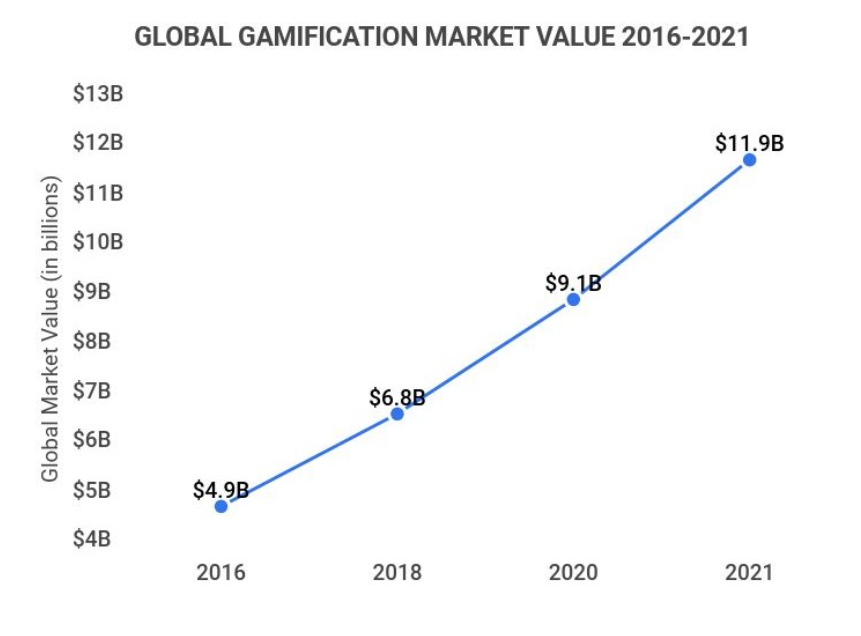
Source: zippia.com
10. Stand Out Or Fall Behind
Solid customer retention is not just about keeping customers; it's about ensuring they wouldn't dream of going anywhere else. The secret? Creating a chasm between you and your competitors.
A good example would be Mailchimp, a well-known marketing automation platform, that has effectively differentiated itself in the market through its playful and unconventional brand personality. This sets it apart in the often serious world of marketing software. Their use of a friendly mascot, Freddie the chimpanzee, and humorous content create a memorable brand image.
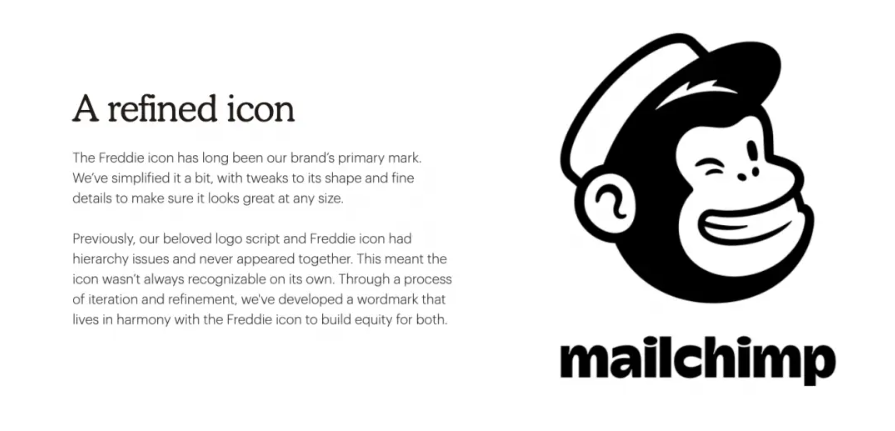
Source: mailchimp.com
Over the years, through multiple rebrands, Mailchimp has mastered the art of being 'user-centric.' It's not just about what they offer; it's about what you, the user, need and want. They've fine-tuned their offerings to meet your needs, making your experience smoother and more efficient.
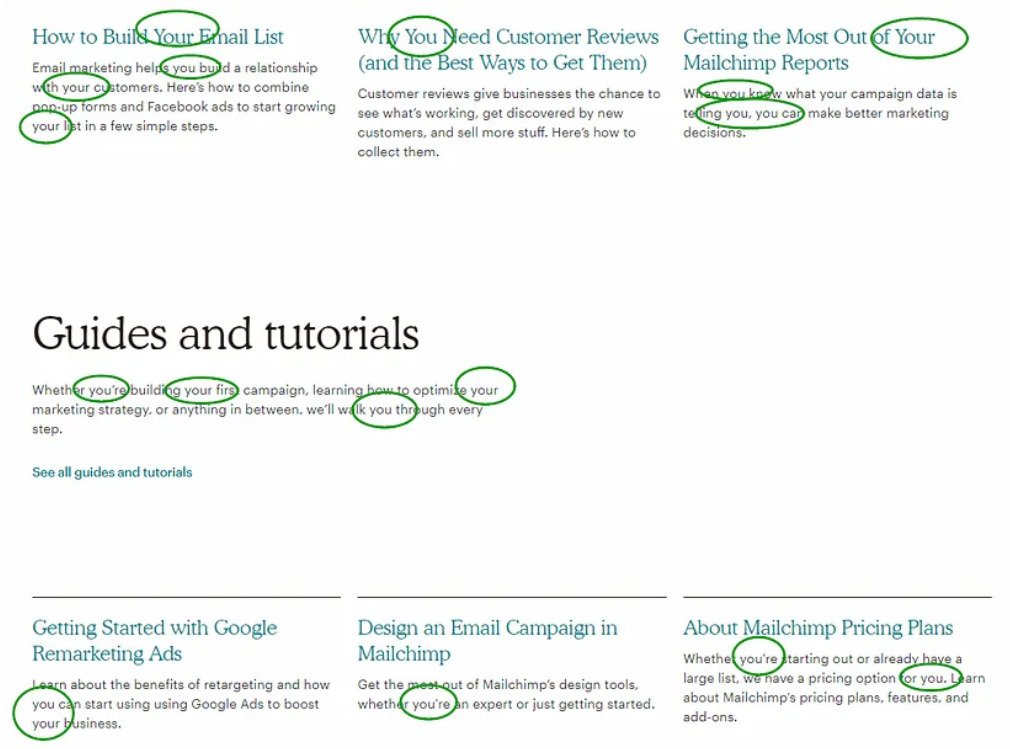
Source: tilak.medium.com
Why is customer retention important?
Customer retention is the ultimate key to increasing your revenue, reducing your costs, and improving your brand reputation. Not only because it’s a lot cheaper — a recent report by Bain & Company found that, “increasing retention by as little as 5%, profits can be boosted by as much as 95%” — but also because retained customers are more likely to make repeat purchases. A 2022 CX Trends study by Zendesk found that 81% of customers say a positive customer service experience increases the chances of them making another purchase.
Some of the top actionable tips to help increase your Customer Retention Rate (CRR) are:
- Provide excellent customer service. Make sure your customer service team is friendly, knowledgeable, and helpful. Go the extra mile to resolve customer issues quickly and efficiently.
- Offer high-quality products or services. Your customers should be happy with the products or services they buy. Ensure you're offering high-quality products or services that meet your customers' needs and expectations.
- Build relationships with your customers. Get to know your customers and what they're looking for. Make sure they feel valued and appreciated. You can do this by personalizing your interactions with them, offering rewards for their loyalty, and providing them with exclusive benefits.
- Make it easy for customers to do business with you. Your website and checkout process should be easy to use and navigate. You should also offer a variety of payment and shipping options.
How to Calculate and Analyze Your Customer Retention Rate (CRR)?
Customer retention rate (CRR) is the percentage of customers who remain customers over a period of time. It is an important metric to track because it can help you to understand how well you are retaining your customers and to identify bottlenecks in the process.
To calculate your CRR, you can use the following formula:
CRR = (Number of customers at the end of the period - Number of new customers acquired during the period) / Number of customers at the beginning of the period * 100
For example, let's say you have 100 customers at the beginning of a month and you lose 10 customers but acquire 15 new customers during that month. Your CRR for that month would be calculated as follows:
CRR = (100 - 15) / 100 * 100 = 90%
Once you have calculated your CRR, you can start to analyze it to identify trends and areas for improvement. Here are a few things to look for:
- An increasing CRR indicates that you are doing a good job of retaining your customers while a decreasing CRR indicates you are not retaining as many customers as you could be.
- If your CRR is lower than your competitors', then you need to identify what they are doing differently and try to implement similar strategies.
- Once you have identified the customer segments with the lowest CRRs, you can focus your efforts on improving customer retention for those segments.
Wrapping Things Up
Keeping your customers around is how your grow and expand a business. With the above strategies, you can build a plan to do the same for your company.
Remember to continue testing new tactics to see what works for your business and its customers.
The road to customer loyalty is paved with data, technology, and expertise, it's also sprinkled with a dash of genuine care, a pinch of surprise, and a whole lot of personalized delight.
Get your ingredients right and you could have a recipe for building customer loyalty and brand advocacy.
